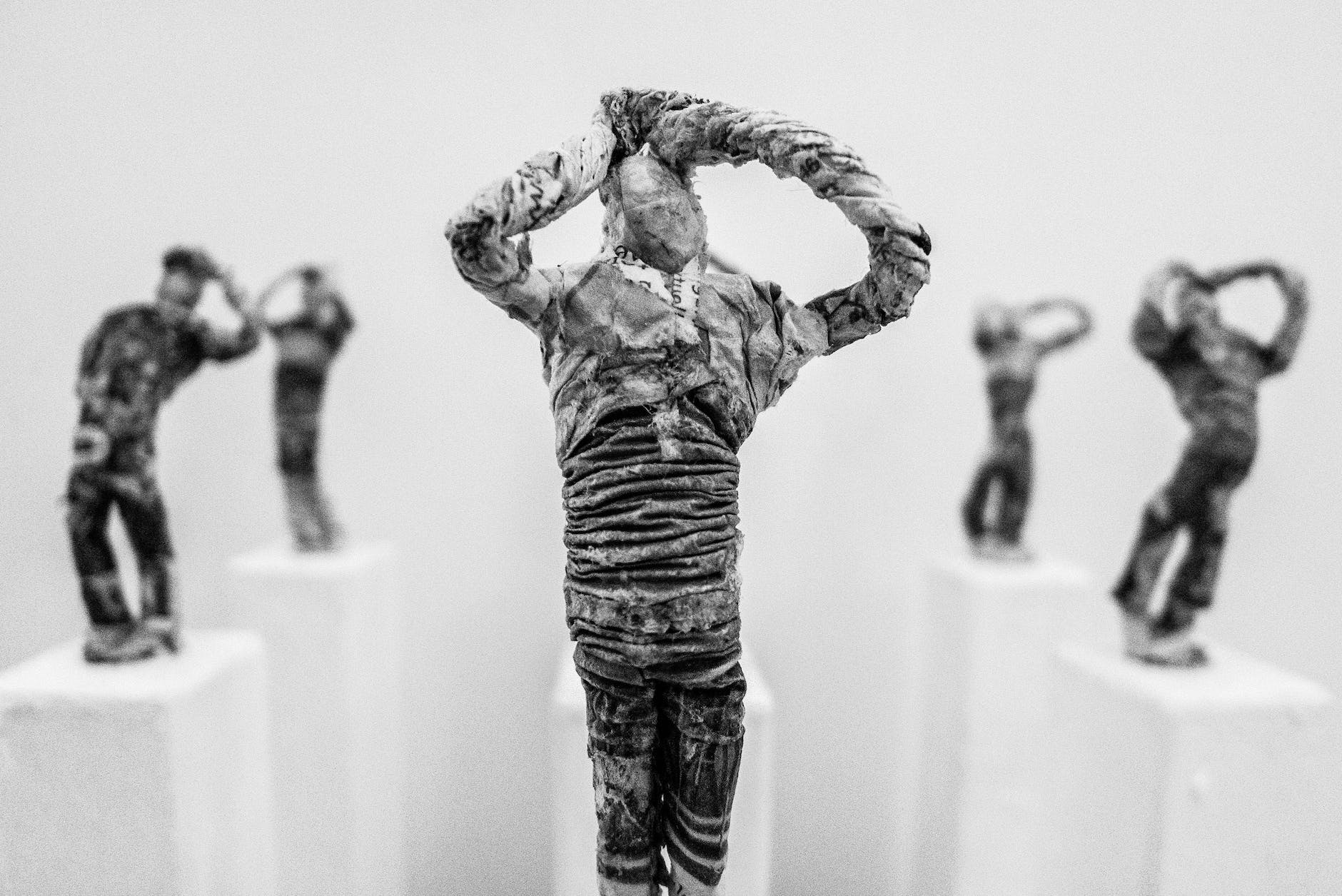Sustainable Sculpture: Embracing Eco-Friendly Practices
With environmental awareness growing, more sculptors aim to reduce their artwork’s ecological impact through conscientious design choices. Prioritizing sustainability requires considering how sculpting methods, materials origins, longevity, and disposal affect the planet. But with mindful planning, sculpture can adopt gentler processes that nurture both art and nature.
Eco-Friendly Sculpture Materials
Sustainable material choices include:
- Locally resourced natural stones and responsibly harvested woods
- Recycled metals from found objects, electronics, automotive components
- Repurposed plastics like vinyl signs or consumer packaging
- Natural clay dug regionally reduces shipping footprints
- Organic materials like twigs, leaves, seeds from invasive or fallen plants
- Upcycled textiles, papers and cardboard from donations or thrift stores
- Non-toxic epoxies, adhesives and paints with low VOCs
Green Sculpting Methods
Energy efficient processes also help:
- Hand tools, human-powered abrasives reduce power consumption
- Solar kilns or high efficiency electric kilns minimize emissions
- Casting waste wax and plaster for reuse or upcycling into other projects
- Digital sculpting eliminates waste from discarded models and molds
- Sharing equipment, studio space and best practices through collectives
- Sourcing renewable studio energy from solar, wind or hydropower
Sustainable Display Considerations
Ongoing care also matters:
- Using LED lighting on displays and in exhibition spaces
- Seeking non-toxic cleaning and conservation products
- Installing sculptures responsibly to avoid environmental damage
- Designing for durability, protection from elements, and long lifespan
- Planning for recyclability or safe decomposition at end of display life
Promoting Eco-Artistry
Sculptors help shift cultural attitudes through example:
- Sharing sustainable techniques with students and peers
- Exhibiting and explicating eco-artworks to raise awareness
- Supporting environmental causes financially or with benefit auctions
- Using art as activism to spark ethical changes in practices
With ecological impacts in mind, the sculpture community can pursue low footprint alternatives that uphold both artistry and responsibility. The rewards of sharing creativity while protecting the planet are priceless.
